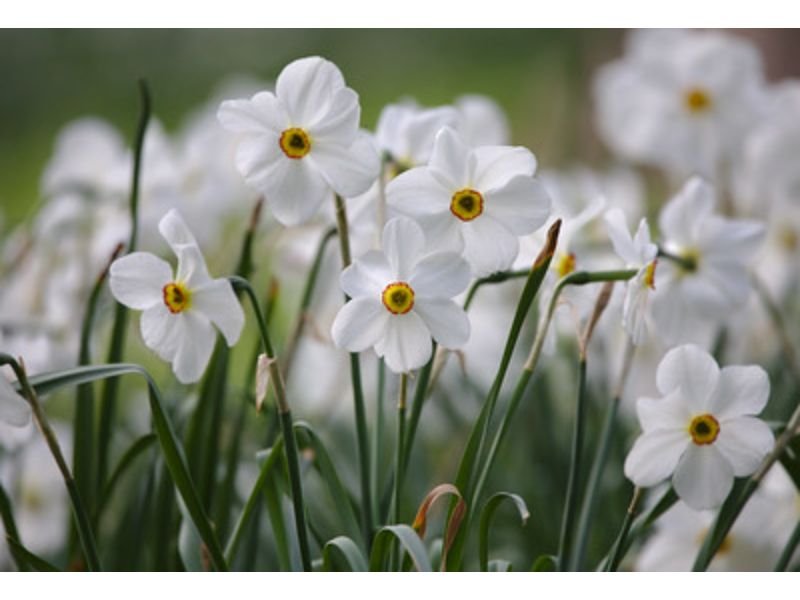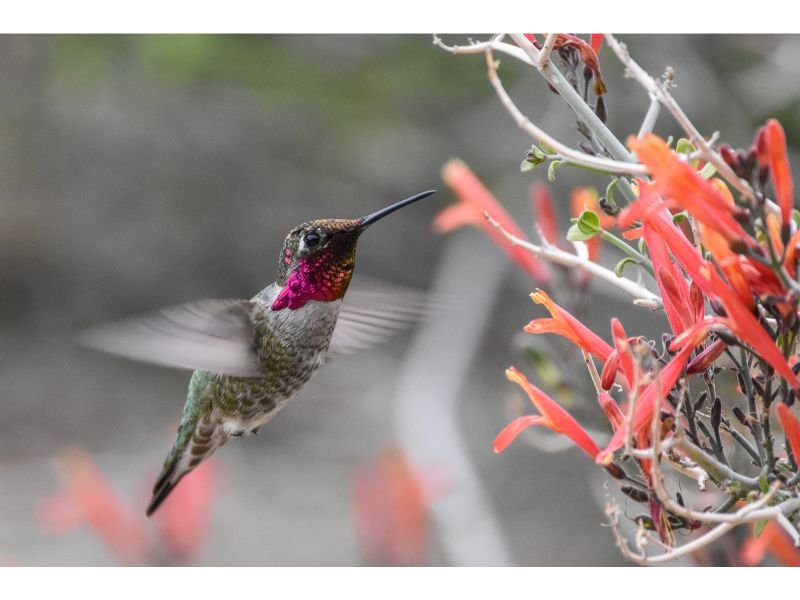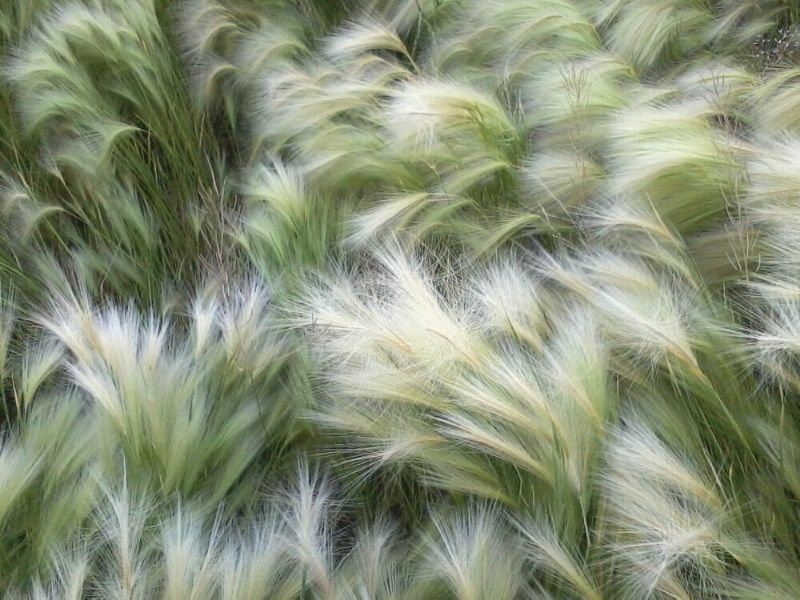Are you looking to add a little bit of Japanese elegance to your garden? Look no further than Japanese thimbleweed, also known as Anemone hupehensis var japonica! This flowering plant is a real crowd-pleaser, and with just a few simple requirements, you can make sure they thrive in your garden. Get ready to channel your inner garden self and learn how to care for this eye-catching plant.
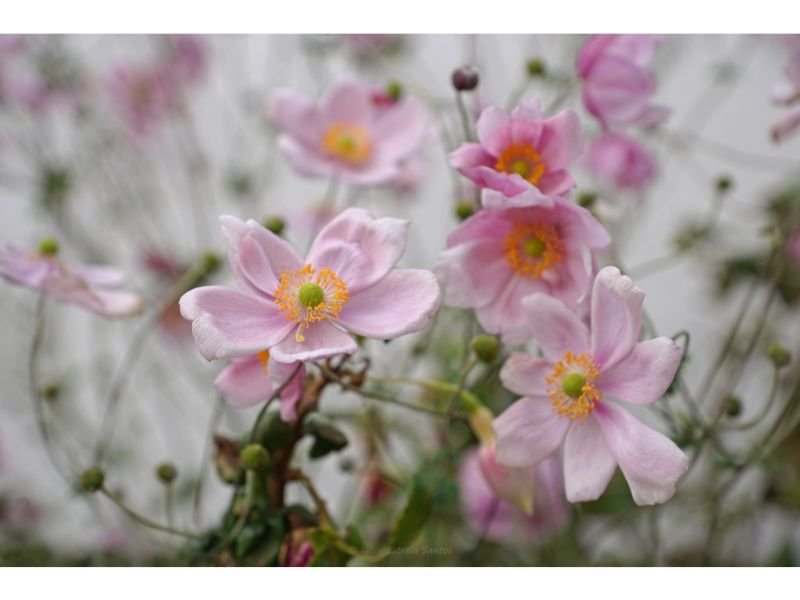
Table of Contents
Anemone Hupehensis Var Japonica Botanical Facts
Common Name(s): Japanese anemone, Japanese thimbleweed, autumn anemone, windflower, Chinese anemone, hupeh anemone
Scientific Name: Anemone hupehensis var. japonica
Family: Ranunculaceae
Plant Type: Herbaceous perennial
Country of Origin: Central and Eastern China
Natural Habitat: Meadows, open woodland, rocky hillsides, near streams or riverbanks
Size: About 24 to 36 inches tall (60 to 90 centimeters) and spreading to about 24 to 32 inches (60 to 80 centimeters)
Toxicity Level: Low
Color(s): Flamingo pink, pinkish-white, white, pinkish lavender
What Is It About Anemone Hupehensis That Catches People’s Attention?

For starters, anemone hupehensis var japonica produces blooms that, with their elegance and appearance, mostly must remind us of the dainty cherry blossom flowers. And if that’s not enough to pique your interest, this gorgeous perennial is also winter-hardy and able to withstand harsh conditions. Plus, they attract pollinators such as bees and butterflies too!
Foliage and Blooms Appearance
The foliage of anemone japonica is generally medium to deep green and somewhat shiny, with a deeply lobed and palmate look. The veins, which are in a darker shade of green, are visible. Speaking of blooms, anemone hupehensis produces flowers in a broad range of colors, primarily in shades of pink and white. Each flower has 5 to 6 cup-shaped petals, with a greenish-yellow center that is surrounded by a group of bright yellowish-orange stamens or pistils.
Size and Growth
With a size of only about 36 inches (90 centimeters) in height and 32 inches (80 centimeters) in width, it’s safe to say that anemone hupehensis var japonica is a compact-sized flowering perennial. This plant is relatively medium to fast-growing, where it can take months for them to fully mature.
Is Anemone Japonica Edible?
Unlike rosemary, anemone hupehensis is not considered edible and is not recommended for consumption. Although there is a minimum record that states the exact toxicity level of this plant, as part of the Ranunculaceae Family, they do contain substances that can lead to gastrointestinal problems if eaten in large quantities, including burning sensation and skin rash.
Does Anemone Hupehensis Var Japonica Produce Any Fragrance?
Although some individuals may detect a musky, woody, or earthy smell from anemone hupehensis, generally, this plant does not produce any strong fragrance and is not known for its fragrance either.
Anemone Lucky Charm vs Anemone Japonica: Are They The Same Plant?
Due to their striking resemblance, it can be difficult to tell which one is an anemone ‘lucky charm’ and which one is anemone hupehensis. They do belong to the same genus, which is anemone, but they are not the same plant. Anemone’s ‘lucky charm’, as their botanical name suggests, is a cultivar of hybrid anemone. It’s believed that ‘lucky charm’ is a crossing between anemone vitifolia and anemone hupehensis. They do have similar sizes though!
Japanese Anemone Bloom Time
The bloom timing can vary depending on your climate, weather conditions, growing environments, and other factors, but typically, anemone hupehensis var japonica blooms in late or mid-summer to early fall.
Anemone Hupehensis Var Japonica Caring Guide
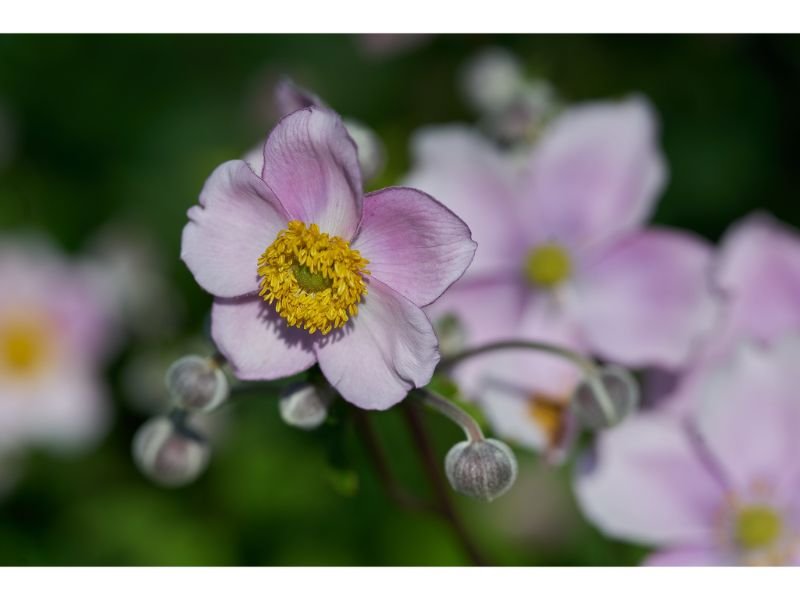
Light
Anemone japonica usually prefers being in partial shade to full sun. If you’re living in cooler climates, this plant might tolerate more exposure to full sun. On the contrary, if you’re living in warmer areas, it’s wiser to protect this plant from the hot afternoon sun and be in dappled shade throughout the day. Still confused? Ideally, the general rule of thumb when it comes to light needs for anemone hupehensis is in a location that receives morning sun and afternoon shade.
Watering
Once again, depending on your weather and of course, the soil conditions, anemone hupehensis var japonica needs to be watered about once to twice a week. In hot and drier weather, including during the plant’s growing season, they may require more frequent watering to avoid the soil from drying out. To give an in-depth explanation, the best watering schedule is the one that keeps the well-draining soil consistently moist but not waterlogged.
Temperature and Humidity
Anemone japonica performs well in cooler temperatures, with a day temperature of 55°F (12°C) to 65°F (18°C) and a night temperature of 45°F (7°C) to 50°F (10°C). They are likely to struggle if the humidity levels are either too high or too low. Too low humidity leads to stress and wilting due to water loss, while too high humidity makes the flowering plant more susceptible to fungal-related problems, root rot, and wilting. We recommend setting the humidity levels between 50% to 60% for the best result.
Soil
A type of loamy, sandy, and chalky soil is good for anemone hupehensis to thrive, along with good drainage, moisture, and high organic matter are also essential. It’s best to avoid heavy clay soil as this type of soil is prone to poor drainage and root rot. This plant also loves a slightly acidic to neutral soil that is mixed with mulch or compost to improve fertility as well as to help retain moisture.
Fertilizing
To promote strong growth and encourage more blooms, anemone hupehensis var japonica benefits from regular fertilizing. However, it’s worth noting to only fertilize the plant before or during their blooming time. Apply a balanced, water-soluble, and slow-release fertilizer according to the instructions, and be careful to not over-fertilize. After the late season, usually, before winter, stop giving the plant fertilizer as there will likely be new growth and this can lead to frost damage.
Pruning and Repotting
Pruning and repotting anemone japonica can be as easy as slicing a cake! Just make sure you do it right to avoid a gardening disaster. Early spring is the best time to do pruning. Use a pair of sharp gardening shears to cut back any damaged, diseased, or dead stems, and don’t forget to remove old and woody growth as well.
Repotting may not be needed if the plant is happy in its current location, which is not root-bound and the soil is not depleted. However, if repotting is needed, pick a container or pot that is one or two sizes bigger. Repotting can be done in early spring too.
Japanese Anemone Cuttings: Recommended Propagation Methods
Anemone hupehensis can be propagated through division or stem cuttings. The easiest would be through stem cuttings, which can be done in late spring or early summer when the plant is not actively growing. Cut a healthy, disease-free stem just below a node and dip the cut-end in the rooting hormone.
An alternative way to propagate anemone japonica is through division, which is best done during their dormant period. You can start by digging up the clump and carefully separating the roots or rhizomes into smaller sections, ensuring that each section has at least one healthy root and stem attached. Once you’re done, either its stem cuttings or division, plant each section or cuttings in their new pot with an addition of well-draining and humus-rich soil.
Japanese Anemones Problems
The struggles of pests and diseases are real, and it’s also the same problem for anemone hupehensis. One of the most common issues is root rot and powdery mildew, but fortunately, these problems can be treated by ensuring the plant has good air circulation and is not overwatered. Other culprits are snails and slugs, which like to munch on the plant’s foliage. Combat these problems by simply removing them by hand or by using traps that are specially made for these pests. Generally, with the right care, it’s unlikely for anemone hupehensis to face pests and diseases.
Anemone Hupehensis Var Japonica: A Stunning Flowering Plant That Is Rewarding To Cultivate
In conclusion, with minimum growing requirements but maximum beauty of vivid blooms and foliage, anemone hupehensis sure is fascinating to thrive. They don’t need much as long as you provide them with moist, well-draining, and humus-rich soil, cooler temperatures with medium humidity, and partial or full sun, and you can turn your garden into an eye-gazing scenery!

New author in the hood. Loves gardening and flowers are my spirit animals (yes I know they are not animals but I insist). I will be covering most of the flowers’ topics here and occasionally random though as well.

